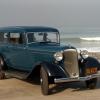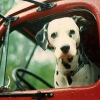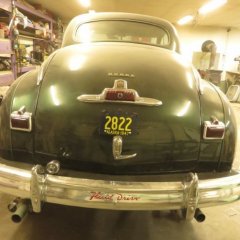In the early 1930s oil filters were standard on Plymouths. By the mid to late 1930s the lower end (business, Road King, etc.) models had dropped them, my guess being for production cost reasons. Implying they were always an accessory prior to 1954 is wrong.
Periodic maintenance in the 1930s included dropping and cleaning the pan. For example the DeLuxe Plymouth Six Instruction Book for 1933 says
The point being that sludge in the engine is bad regardless of the type of oil. It can come loose at any time and clog the bearings, etc. The solution is to remove the sludge from the engine, not to avoid oil with detergent additives. Those additives, by the way, are not sufficient to loosen old sludge. They are designed simply to keep new sludge from forming. The old sludge may loosen any time the engine is being run simply by the flow of oil though the ares where the sludge exists.



